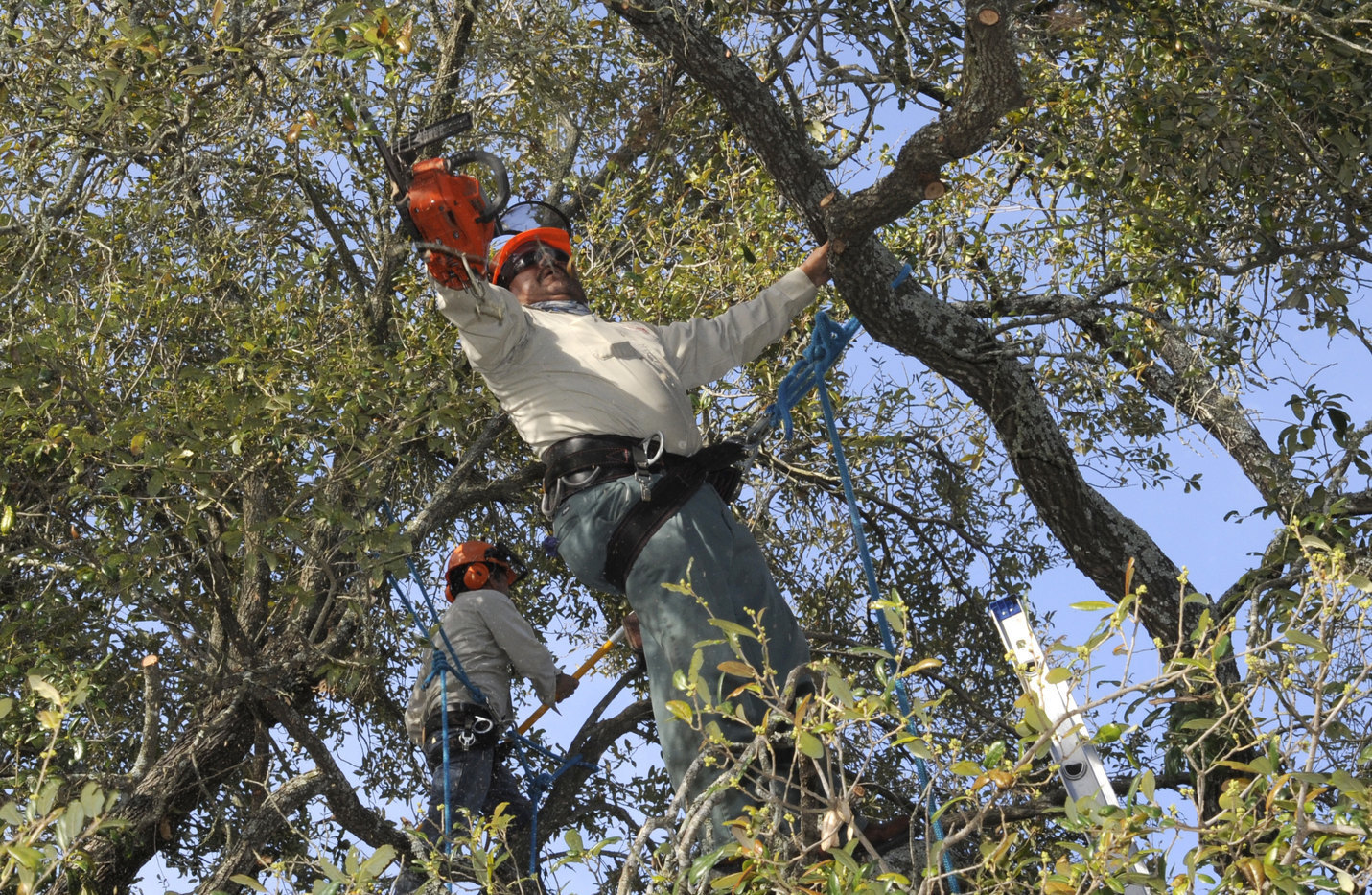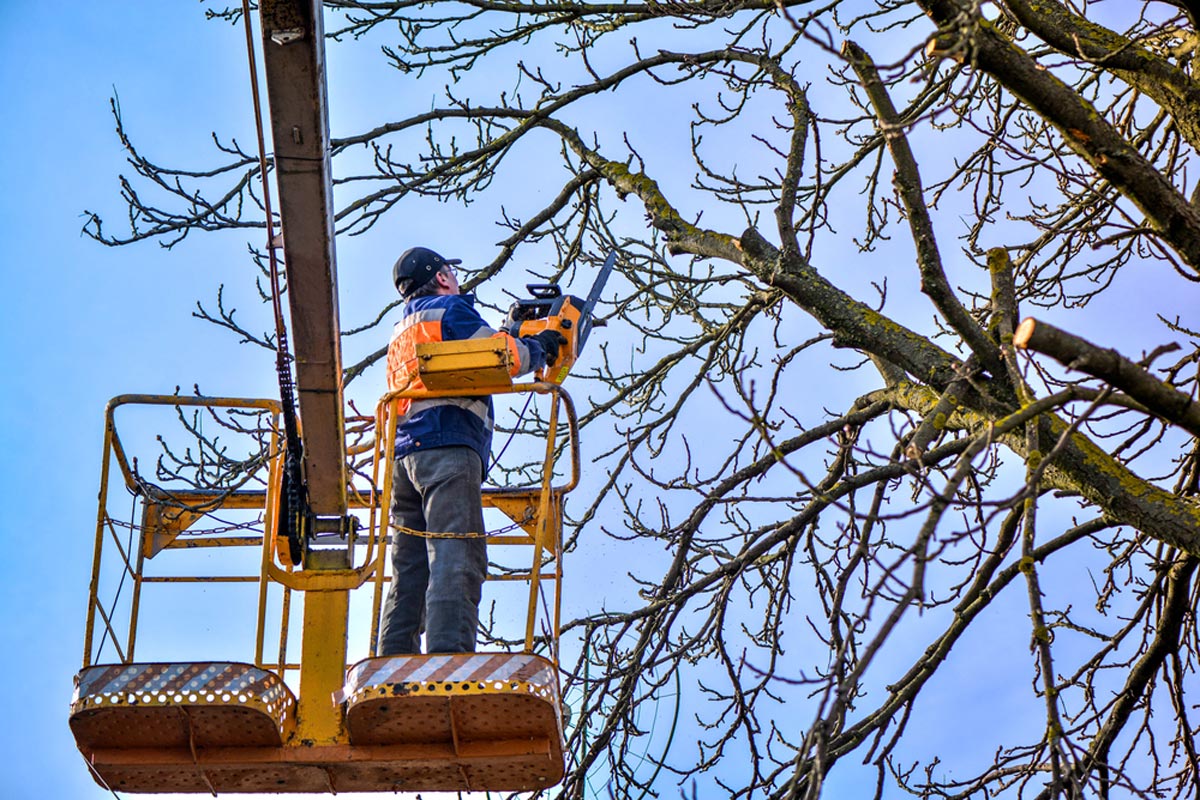Introduction
Planting trees is one of the most rewarding activities you can engage in, whether you're a gardening novice or a seasoned horticulturist. Trees provide shade, improve air quality, and enhance the aesthetic appeal of your landscape. However, planting trees isn't merely about digging a hole and placing a sapling in the ground. It requires knowledge, planning, and care—something that this guide aims to deliver. In A Beginner's Guide to Planting Trees Successfully, we’ll walk you through everything you need to know about selecting, planting, and maintaining trees in your garden.

What You Need to Know Before Planting
Understanding Your Soil Type
Before embarking on your tree-planting journey, it’s essential to understand your garden’s soil type. Is it sandy, clayey, or loamy?
- Sandy Soil: Drains quickly but doesn’t retain nutrients well. Clayey Soil: Retains moisture but can suffocate roots if compacted. Loamy Soil: The ideal mix of sand, silt, and clay—perfect for most trees!
Knowing your soil type will help you choose the best tree species suited for your environment.
Choosing the Right Tree Species
Not all trees thrive in every environment. Research native species that flourish in your area—these are often more resilient against pests and diseases.
- Local nurseries can provide valuable insights into which species do well in your region. Consider the tree’s size at maturity. Will it fit comfortably in your garden?
The Importance of Location
The placement of your tree is crucial for its long-term health.
- Ensure it has enough space around it to grow without obstruction from buildings or other plants. Think about sunlight exposure; does the area get enough light throughout the day?
How to Plant a Tree: Step-by-Step Guide
Gather Your Tools
Before you start digging, make sure you have all necessary tools at hand:
- Shovel Trowel Mulch Watering can or hose Staking materials (if necessary)
Preparing the Planting Site
Select Your Spot: Based on previous sections’ insights about soil and location. Digging the Hole: The hole should be twice as wide as the root ball and just deep enough so that the top of the root ball is level with or slightly above ground level.Placing Your Tree in the Hole
https://treeloppingtownsville.com/ https://treeloppingtownsville.com/about-us/ https://treeloppingtownsville.com/contact-us/ tree lopping townsville Carefully remove the tree from its container. Gently loosen any tightly bound roots before placing it into the hole. Position it straight up; this is vital for its growth.Filling the Hole Properly
Once you’ve placed your tree in its new home:
Backfill with soil while gently packing it down around the roots. Water thoroughly to eliminate air pockets.Mulching for Protection
Adding mulch around the base of your newly planted tree helps retain moisture and suppress weeds.
Use organic mulch like wood chips or bark. Keep mulch at least 6 inches away from the trunk to prevent rotting.Watering Your New Tree
Establishing a watering routine is crucial during those initial weeks:
Water deeply once or twice a week depending on rainfall. Adjust according to season; young trees may require more water during hot summer months.Tree Maintenance Tips for Long-Term Success
Maintaining your trees isn’t just about watering; there are several aspects involved:
Pruning Techniques for Healthy Growth
Regular pruning encourages healthy growth and shapes trees as they mature.
- Remove dead branches and suckers using proper techniques outlined in our tree trimming guide.
Fertilizing Your Trees
Young trees often benefit from fertilization during their first few growing seasons:
Use slow-release fertilizers formulated specifically for trees. Apply them early in spring when growth begins.Garden Design Tips with Trees
Incorporating trees into your landscaping isn’t just functional; it's artistic!
Creating Layers with Various Heights
Consider planting different species at varying heights to create depth—a technique used by professional landscapers!
Tall trees at the back for privacy, Mid-sized shrubs surrounding them, Lower flowering plants at the forefront.
Utilizing Color Schemes Effectively
Choose varieties that bloom at different times of year for seasonal color changes!
Spring blooms like cherry blossoms, Summer foliage like maples, Fall colors from oaks.Gardening Tips for Beginners: Avoid Common Mistakes
Even seasoned gardeners make mistakes now and then! Here are some common pitfalls to avoid:
1. Overwatering
Too much water can lead to root rot—always check soil moisture before watering!
2. Ignoring Pests
Keep an eye out for pests early on; controlling them before they spread is key.
3. Not Allowing Enough Space
Ensure adequate spacing between plants so they don’t compete for resources!
FAQ Section
Q1: How deep should I plant my tree?
A: The top of the root ball should be level with or slightly above ground level.
Q2: What kind of mulch should I use?
A: Organic mulches like wood chips are best as they decompose over time enriching soil fertility.
Q3: When is the best time to plant a tree?
A: Early spring or late fall is ideal since weather conditions tend to be milder then.

Q4: How can I tell if my tree needs water?
A: Check if 2–3 inches down into the soil feels dry; if so, it's time to water!
Q5: Should I fertilize my newly planted tree?
A: Yes, using slow-release fertilizer can promote better growth during its initial years.
Q6: How often should I prune my tree?
A: Annual pruning is recommended during dormancy (late winter) unless immediate action is needed due to damage or disease.
Conclusion
Congratulations! You've just taken a giant leap towards becoming an expert at planting trees successfully! With patience, dedication, and adherence to this comprehensive guide— A Beginner’s Guide to Planting Trees Successfully—you'll not only cultivate beautiful greenery but also contribute positively towards our planet's health! Remember that each tree planted is a step toward creating a sustainable future filled with shade and beauty around us all! So grab those shovels and get planting; nature's waiting eagerly!